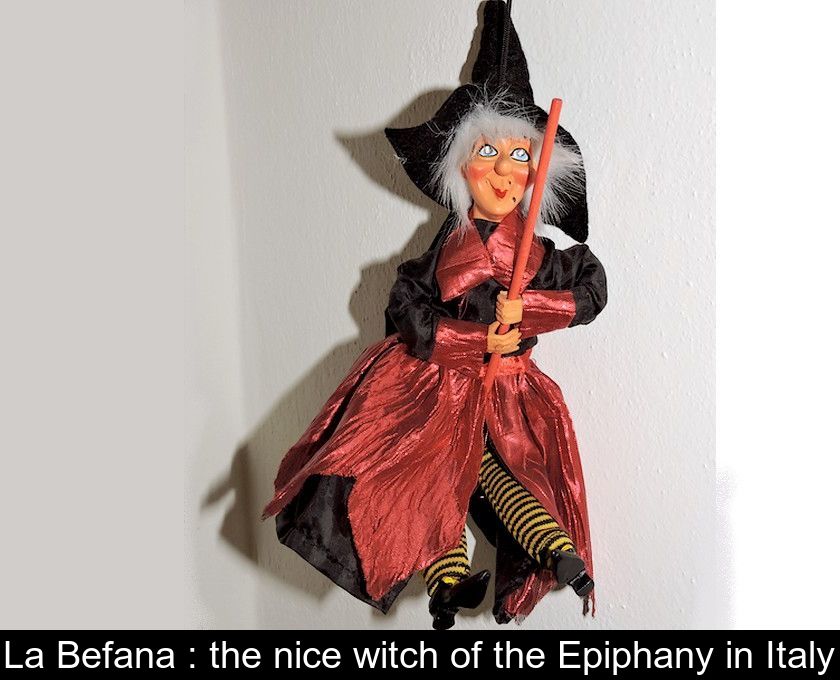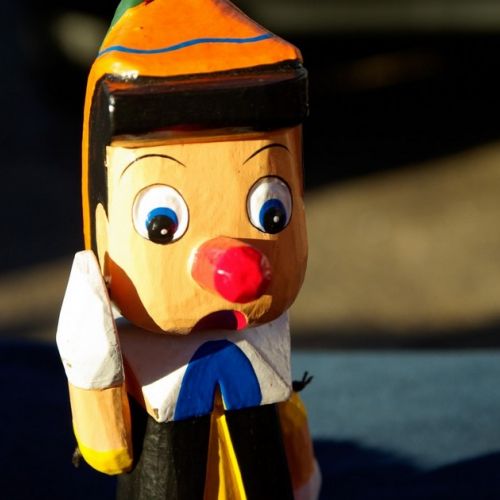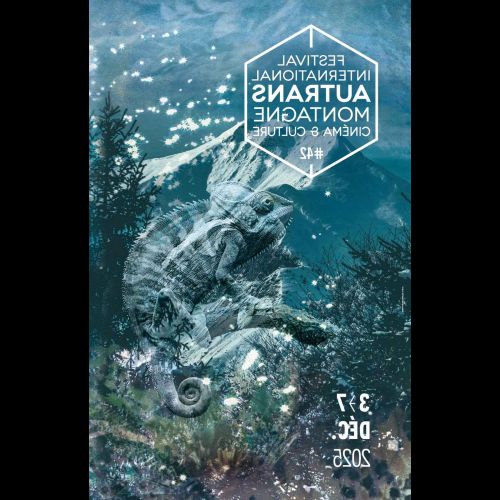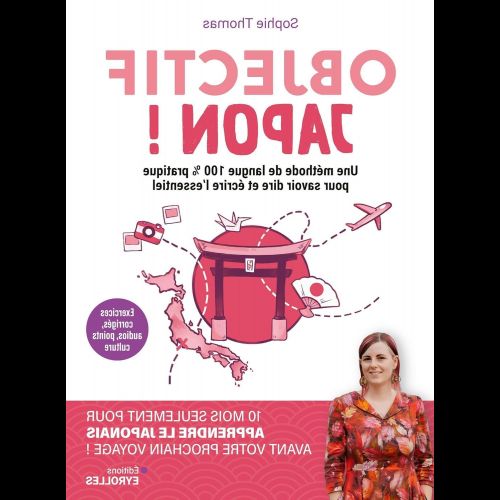La Befana : The Nice Witch Of The Epiphany In Italy
Did you know that in Italy the distribution of gifts to children continues until the day of the Epiphany? On the night of January 5 to 6, an old woman with the appearance of a witch called the Befana passes through the houses to reward the good children. Here is everything you need to know about this typically Italian tradition in 5 questions.
1- Who is Befana?
La Befana is a typical character of Italian folklore. In our transalpine neighbors, this name refers to the witch of the Epiphany. The name 'Befana' derives from the word 'Epifania' Epiphany in Italian.
But fear not: even if she is ugly and poorly dressed, she is a nice witch always smiling and as expected by children as St. Nicholas or Santa Claus at home!
2- What is the history of the Befana?
According to the story that children in Italy are told today, the Magi on their way to Bethlehem to give gifts to the baby Jesus asked an old woman for directions.
They offered her to follow them to visit the baby Jesus, but she refused their invitation at first, preferring to collect wood for heating.
Feeling remorseful, she prepared a basket filled with small cakes and dried fruit and set out to find the caravan of the Magi, but she never found them.
So she decided to stop at every house on her way and distribute her gifts to the children, hoping that one of them would be Jesus.
That's why, since that day, during the night of January 5 to 6, la Befana brings gifts to the wise children and coal to those who are not...
Moreover, she is usually depicted as a smiling old woman carrying a bag filled with gifts, candy and... coal!
3- What are the gifts of the Befana?
In Italy, the Befana is always welcomed with joy by children, but also with a bit of sadness because its passage marks the end of the Christmas vacations and the end of the year celebrations.
The tradition is that children hang a stocking near the fireplace or a window for the kind old lady to drop her presents on the night of January 5 to 6.
In fact, in Italy you can find all kinds of socks decorated with broom or smiling witch designs.
You can also buy in stores and markets Befana dolls dressed in colorful rags. Italians believe that this doll, to be hung at home, helps to ward off the evil eye.
For children who have been good, the Epiphany witch's gifts are sweets like caramels or chocolates.
For those who have not been good all year long, this character is supposed to fill the stocking with coal. Today, it's more like an edible black sugar (but very hard under the tooth!) or licorice that looks like coal.
4- What are the other Epiphany traditions in Italy?
The passing of this kindly old woman is a deeply rooted tradition in Italy. It marks the end of the vacations and the end of the year festivities.
In some families, children leave food for the Befana like a tangerine or a plate of soup.
On the occasion of Epiphany, in Italy they also makecookies nicknamed Befanini. These are shortbread usually flavored with lemon zest and may also contain chocolate chips or raisins.
Other sweets named after this character include:
- a kind of brioche (focaccia della Befana)
- a focaccia with candied fruit in Piedmont
- a panettone rich in candied fruits in Veneto...
5- What is the place of the Befana in Italian culture?
As you can see, in Italy, the nice witch of the Epiphany is as expected as Santa Claus in our country on the night of December 24 to 25.
Italian children all know a rhyme about her. This song, of which there are multiple versions depending on the region, is usually entitled La Befana vien di notte, i.e. the befana comes at night.
One version of the rhyme describes this character and the magic that surrounds her:
La Befana comes at night with her shoes all messed up and carries a bag full of gifts to give to good children.
Also, markets and parties are held in Italy on Epiphany Day, with music, shows, food like roasted chestnuts and of course fun activities for children!










